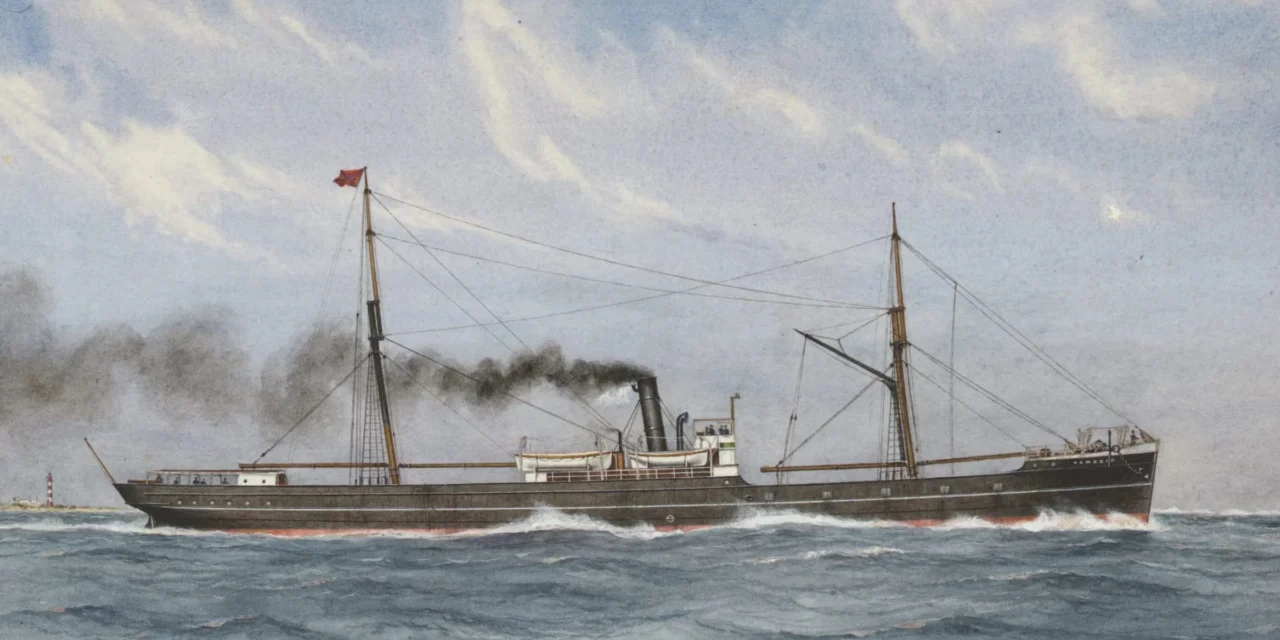The search is underway for the descendants of individuals who perished in a significant maritime disaster, following an unexpected breakthrough that resolved the century-old enigma surrounding the fate of a particular ship.
More than a century after its disappearance, the mystery of the SS Nemesis, a ship lost at sea off the coast of Sydney, Australia, in 1904, has been unravelled, prompting a search for the British descendants of the 32 crew members who met their tragic end. The 73-meter vessel, tasked with transporting coal, vanished in turbulent waters, leaving no survivors among its crew.
The vessel, a 1,393-ton steamship, had a complement largely composed of British nationals, including its English captain, Alex Lusher, his first officer, T.A. Renaut, and the second officer, W.D. Stein. Other notable crew members included J. Lochhead, a carpenter from Glasgow; T. Bourner, a fireman from London; J. Page, the chief cook from Liverpool; and C. Strachan, a donkeyman from Scotland, all of whom perished with the ship.
Penny Sharpe, the heritage minister of New South Wales, highlighted the personal tragedy of the event, noting that about 40 children were orphaned by the disaster. Sharpe emphasised the importance of connecting with the descendants of these crew members, many of whom may still be unaware of their ancestors’ fate.
The SS Nemesis had been a vital link in the maritime network during the gold rushes, a period marked by widespread migration and economic transformation. The gold rushes were a series of significant gold discoveries across various regions, most notably in Australia and North America, during the 19th century. These events led to rapid population growth and economic development as prospectors, labourers, and entrepreneurs flocked to goldfields in search of fortune. Initially built in Whitby in 1881, the Nemesis spent its early years facilitating trade along Australia’s west coast amidst this backdrop of economic fervour, before transitioning to coal transport around 1900.
The ship’s final voyage ended in disaster when it was spotted in distress near Wollongong, NSW, on July 9, 1904. In the weeks that followed, the sea relinquished the bodies of three crew members, who were interred in an unmarked grave at Woronora Memorial Park. Despite significant media coverage and numerous search efforts, the wreck eluded discovery until 2022 when it was located by Subsea Professional Marine Services 160 meters beneath the ocean’s surface during a search for missing cargo containers.
The subsequent investigation, featuring underwater imagery from the Commonwealth Scientific and Industrial Research Organisation, shed light on the probable cause of the sinking: an engine overwhelmed by the sea, leading to the ship’s rapid descent before lifeboats could be launched.
Tim Smith, director of assessments at Heritage NSW, remarked on the unique insights such shipwrecks provide into historical trade and events. For families able to trace their lineage back to this incident, the discovery offers a poignant connection to their heritage and an opportunity to contribute memorabilia and photographs, enriching the collective memory of this maritime tragedy.




